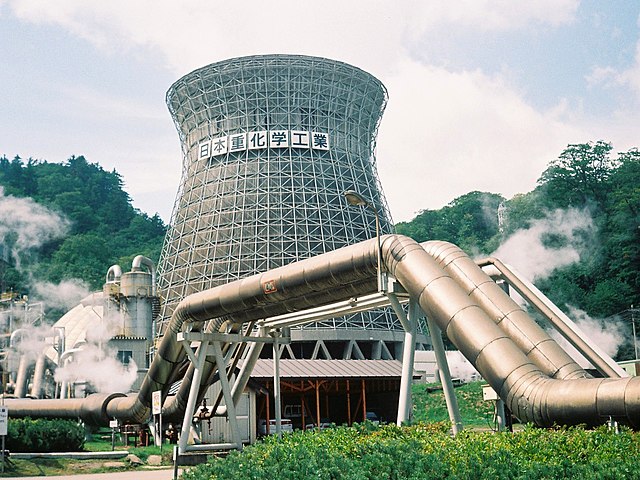The Role of Energy Storage
In the quest for a more sustainable and resilient energy future, energy storage has emerged as a pivotal technology. As the world transitions away from fossil fuels and embraces renewable energy sources like solar and wind, the need for effective energy storage solutions becomes increasingly evident. Energy storage not only bridges the gap between intermittent renewable generation and consistent energy supply but also plays a crucial role in enhancing grid stability and unlocking a multitude of environmental and economic benefits.
The Rise of Renewable Energy
Renewable energy sources, such as solar and wind, have made remarkable strides in recent years. They offer cleaner alternatives to traditional fossil fuels, reducing greenhouse gas emissions and combating the adverse effects of climate change. However, their intermittent nature poses challenges to grid operators. The sun doesn’t always shine, and the wind doesn’t always blow. This variability leads to fluctuations in energy supply, making it difficult to match demand with production. This is where energy storage steps in.
Smooth Transition with Energy Storage
Energy storage systems, like batteries and pumped hydro storage, act as a buffer between renewable energy generation and energy consumption. When renewable sources produce excess energy during periods of high generation, this surplus energy can be stored in batteries. Later, when renewable sources aren’t producing enough energy, stored power can be released back into the grid, ensuring a consistent and reliable power supply. This capability smooths out the peaks and valleys in energy generation, making the grid more predictable and stable.
Enhancing Grid Stability
Grid stability is a critical factor in maintaining a functional and efficient energy system. Energy storage contributes significantly to grid stability by providing rapid-response capabilities. In situations where there’s a sudden increase in demand or a disruption in supply, energy storage systems can provide instantaneous injections of power. This helps prevent blackouts, voltage fluctuations, and other disruptions that can have cascading effects on various sectors of the economy. As renewable energy integration increases, the ability of energy storage to balance supply and demand becomes even more invaluable.
Unlocking Flexibility
Energy storage doesn’t just provide stability; it also unlocks flexibility in how energy is managed and delivered. With the right infrastructure in place, excess energy generated during off-peak hours can be stored and utilized during peak demand periods, reducing the need for additional power plants that rely on fossil fuels. This has economic benefits by optimizing energy use and potentially lowering electricity costs for consumers. Additionally, energy storage allows for energy trading and arbitrage, where stored energy can be sold back to the grid when prices are high.
Empowering Remote and Resilient Systems
Energy storage is particularly transformative for remote and off-grid communities. These areas often rely on diesel generators for power, which comes with high costs and environmental impacts. By integrating renewable energy sources with energy storage, these communities can reduce their dependency on fossil fuels and create more sustainable energy systems. Furthermore, energy storage enhances resilience in the face of natural disasters or other disruptions. Microgrids equipped with energy storage can operate independently from the main grid, providing a reliable power source when centralized systems fail.

Driving Innovation and Investment
The increasing prominence of energy storage has sparked a wave of innovation and investment. Researchers are continually exploring new materials and technologies to improve the efficiency, capacity, and longevity of energy storage systems. Lithium-ion batteries, for instance, have seen significant advancements, leading to cost reductions and increased energy densities. Beyond lithium-ion, research into emerging technologies like solid-state batteries and flow batteries holds the promise of even greater energy storage capabilities.
Barriers and Future Outlook
While the potential of energy storage is undeniable, there are still challenges to overcome. Cost remains a significant barrier, especially for large-scale installations. However, as technology advances and economies of scale come into play, prices are expected to decrease. Additionally, regulatory frameworks and grid infrastructure need to evolve to accommodate the integration of energy storage systems seamlessly.
In the coming years, energy storage is poised to play a pivotal role in shaping the future of energy systems. As renewable energy adoption continues to grow, the importance of energy storage for grid stability, flexibility, and sustainability will only increase. Governments, industries, and researchers must collaborate to overcome challenges and seize the opportunities presented by energy storage technology. By doing so, we can pave the way for a more sustainable and resilient energy grid that benefits both current and future generations. If you found this article interesting about the energy iindustry, it is very likely you will enjoy further reading at Who Times.
